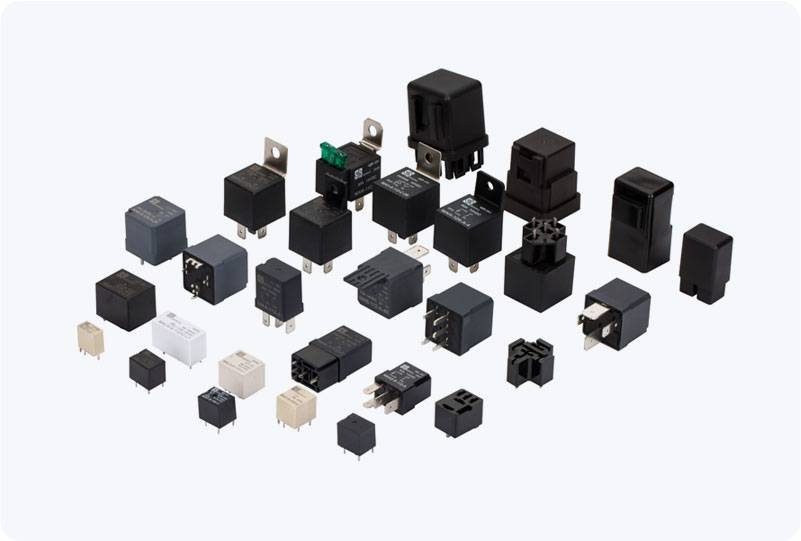In the world of electrical engineering, power relays play a crucial role in controlling the flow of current in circuits. They are used in a wide variety of applications, ranging from industrial automation to automotive systems. However, one of the most common and problematic issues faced by power relays is contact welding. This phenomenon occurs when the contacts within a relay become stuck together due to high currents or electrical arcing, leading to failure of the relay and, potentially, catastrophic consequences for the entire system. Therefore, addressing the issue of contact welding is essential for ensuring the longevity, reliability, and efficiency of electrical systems. This article will explore the causes of contact welding in power relays, as well as potential solutions to mitigate the problem.

Understanding Power Relay Contact Welding A power relay typically consists of a coil and one or more contacts that open or close based on the energization of the coil. When a relay is activated, the current flowing through the contacts can cause sparks or arcing, especially in high-power applications where significant voltage and current are involved. Over time, these arcs can erode the contact surfaces and even cause them to weld together, a situation known as contact welding. This failure can render the relay inoperable and, depending on the application, lead to the malfunction of the entire system.